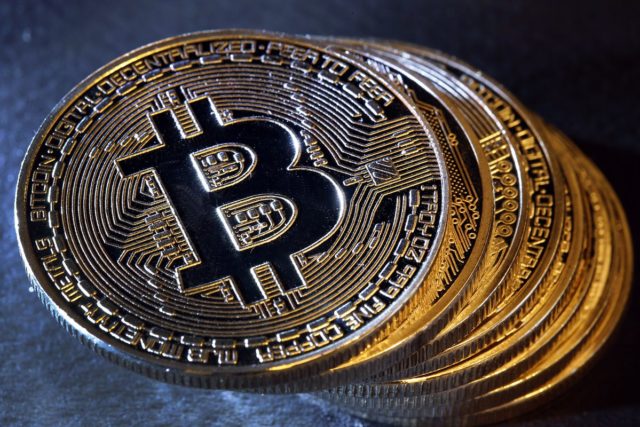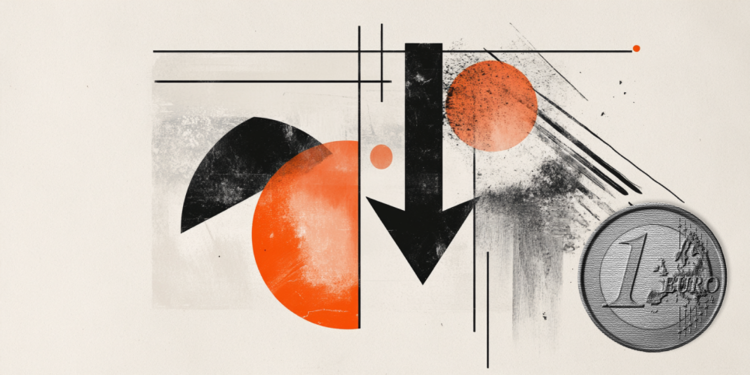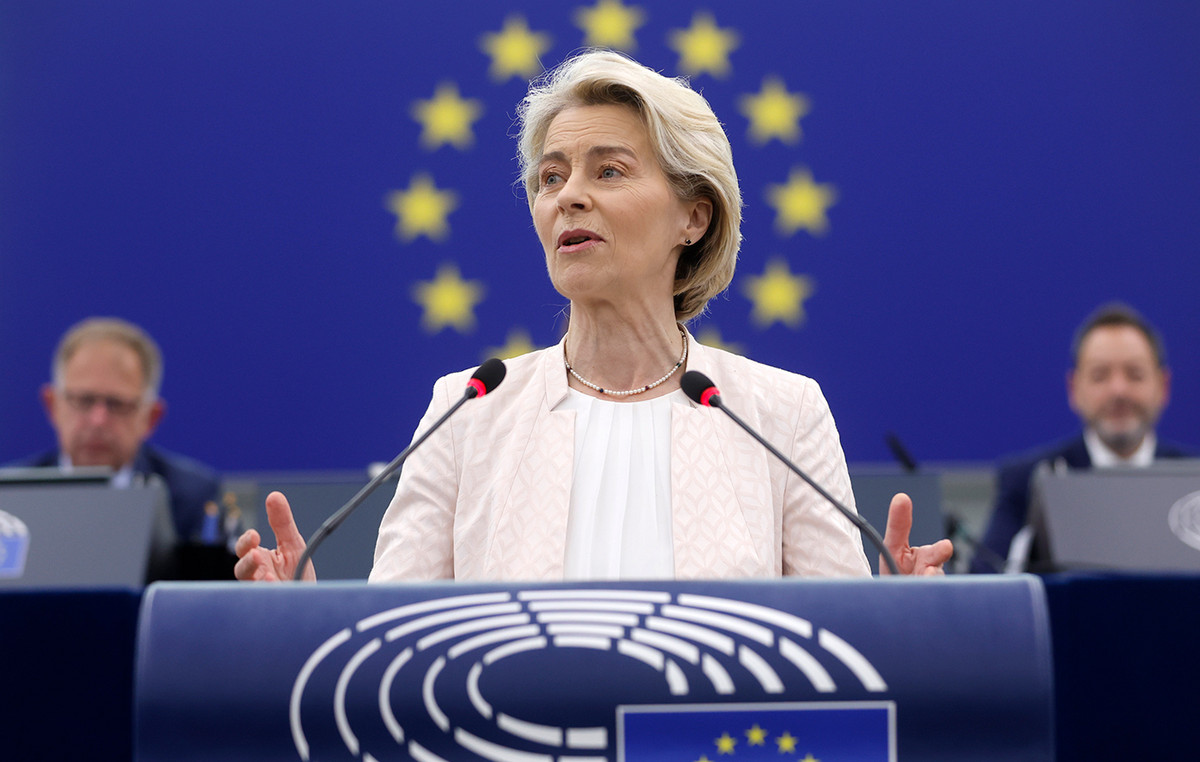- EUR/GBP faces challenges as traders expect the ECB to deliver another rate cut in December.
- ECB policymakers have begun discussing whether interest rates may need to fall below the neutral level.
- The BoE could deliver further rate cuts in November and December.
EUR/GBP remains contained near 0.8310 during European trading hours on Wednesday, following losses in the previous session. The Euro is under pressure as money markets have raised expectations of further rate cuts from the European Central Bank (ECB). This change comes after improvements in inflation control but with growing concerns about the Eurozone’s economic prospects.
The ECB has already cut its Deposit Rate three times this year, with another reduction widely expected at the December meeting. ECB President Christine Lagarde’s comments were seen as an indication of a weaker economic outlook, leading markets to anticipate a 25 basis point cut at each meeting until mid-2025.
According to sources familiar with the discussions, Reuters reported on Wednesday that European Central Bank (ECB) policymakers have begun debating whether interest rates will need to fall below the neutral level during the current easing cycle. One source noted, “I think the neutral level is not enough,” implying that the ECB could aim for significantly lower rates in the coming months.
The British Pound (GBP) encountered challenges following falling consumer and producer inflation rates, along with weak labor market data in the United Kingdom (UK). These conditions are driving expectations that the Bank of England (BoE) could introduce a 25 basis point rate cut in November, followed by another in December.
On Tuesday, BoE Governor Andrew Bailey emphasized the need for the UK central bank to strengthen its supervision of the less transparent non-banking sector. Speaking at a Bloomberg event in New York, Bailey commented, “We’re getting to a point where we need to shift focus from rule-making to surveillance” to better monitor financial activities outside of traditional banking.
Interest rates FAQs
Financial institutions charge interest rates on loans from borrowers and pay them as interest to savers and depositors. They are influenced by basic interest rates, which are set by central banks based on the evolution of the economy. Typically, central banks are mandated to ensure price stability, which in most cases means targeting an underlying inflation rate of around 2%.
If inflation falls below the target, the central bank can cut base interest rates, in order to stimulate credit and boost the economy. If inflation rises substantially above 2%, the central bank typically raises core lending rates to try to reduce inflation.
In general, higher interest rates help strengthen a country’s currency by making it a more attractive place for global investors to park their money.
Higher interest rates influence the price of Gold because they increase the opportunity cost of holding Gold instead of investing in an interest-bearing asset or depositing cash in the bank.
If interest rates are high, the price of the US Dollar (USD) usually rises and, since Gold is priced in dollars, the price of Gold falls.
The federal funds rate is the overnight rate at which U.S. banks lend to each other. It is the official interest rate that the Federal Reserve usually sets at its FOMC meetings. It is set in a range, for example 4.75%-5.00%, although the upper limit (in this case 5.00%) is the figure quoted.
Market expectations about the Federal Reserve funds rate are tracked by the CME’s FedWatch tool, which determines the behavior of many financial markets in anticipation of future Federal Reserve monetary policy decisions.
Source: Fx Street
I am Joshua Winder, a senior-level journalist and editor at World Stock Market. I specialize in covering news related to the stock market and economic trends. With more than 8 years of experience in this field, I have become an expert in financial reporting.







